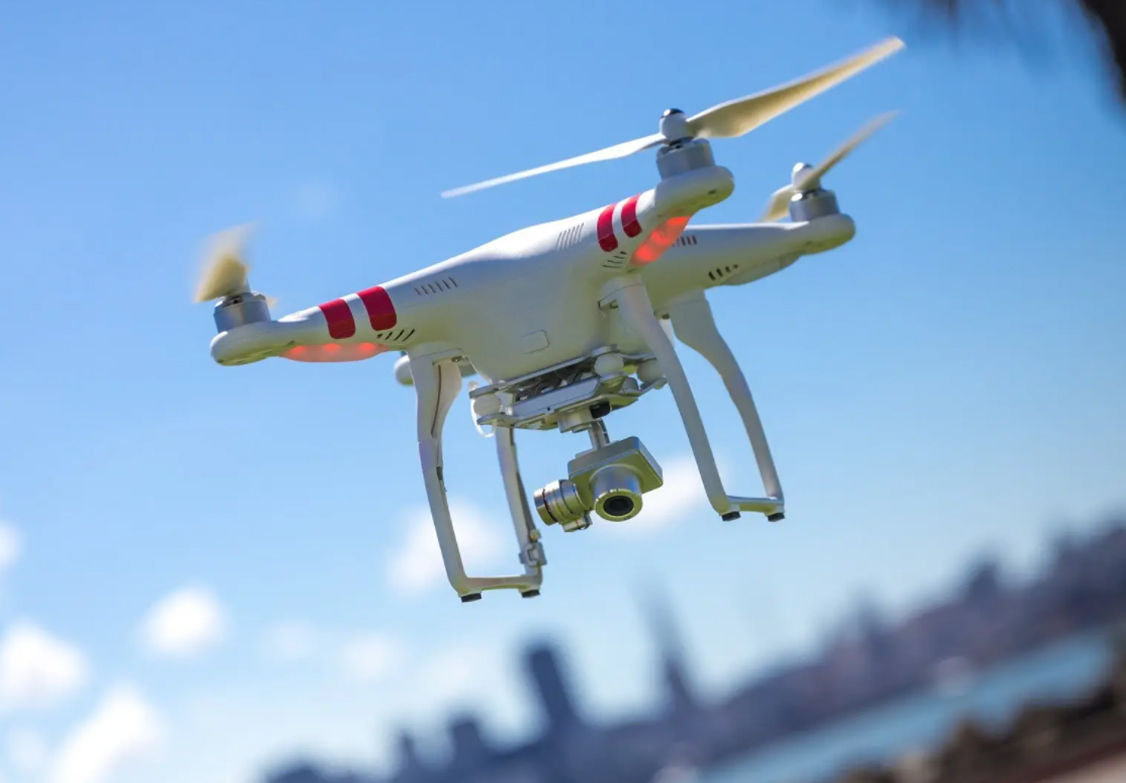Understanding Thermal Imaging Technology
Thermal imaging technology, central to thermal cameras, measures heat emitted by objects. It translates this heat into image format, allowing users to identify thermal anomalies across landscapes or surfaces. This capability is particularly beneficial for monitoring crop health, inspecting building infrastructure, and conducting search and rescue operations. Incorporating this tech into DJI drones empowers technical inspection and management tasks, facilitating a proactive approach to potential issues.
The Power of Thermal Data
Utilizing thermal data from DJI drone cameras opens up possibilities such as detecting energy leaks, identifying water damage, and assessing heat distribution across large areas. This sophisticated imaging system is instrumental in promoting efficiency and safety, reducing the risk of human error during complex analyses. Professionals now rely on these drones for real-time data collection that informs decision-making processes.
Applications in Different Industries
- Agriculture: Farmers use thermal drones to monitor crop stress and optimize water usage.
- Construction: Engineers assess structural integrity and locate insulation deficiencies using thermal imaging.
- Emergency Services: First responders perform rapid heat scans to locate missing persons or spot fire hotspots.

Notably, the adoption of DJI drones equipped with thermal cameras has transformed fieldwork practices, shifting paradigms from traditional methods to smarter, more effective diagnostics. These advancements in technology are paving the way for improved strategies that maximize output while minimizing costs and resources.
Enhancing Search and Rescue Operations
The role of DJI drones in search and rescue is pivotal, offering unmatched aerial views when visibility is compromised. Thermal cameras provide crucial assistance during nighttime or challenging weather, ensuring accurate human detection in volatile environments. These features are increasingly valuable during natural disasters, where quick response times are paramount.
Choosing the Right DJI Thermal Drone
When selecting a DJI thermal drone, consider factors such as resolution, sensitivity, and overall drone performance. Higher resolution enhances image clarity, whereas sensitivity determines the camera’s adeptness at detecting minimal temperature differences. Budget constraints and specific operational needs will guide the choice, ensuring optimal performance for the intended tasks.
FAQs
- How does a thermal camera on a DJI drone work?
- Thermal cameras on DJI drones operate by capturing infrared radiation emitted from objects, converting heat differences into visual data to facilitate analysis.
- What are ideal conditions for using a DJI drone thermal camera?
- Thermal cameras on drones are most effective in environments with clear contrasts in heat emissions, such as nighttime or interiors with varying temperature zones.
- Can thermal drone cameras be used for precise inspections?
- Yes, DJI thermal drones offer precise inspections, allowing users to pinpoint flaws or discrepancies in structures and landscapes with calculated accuracy.